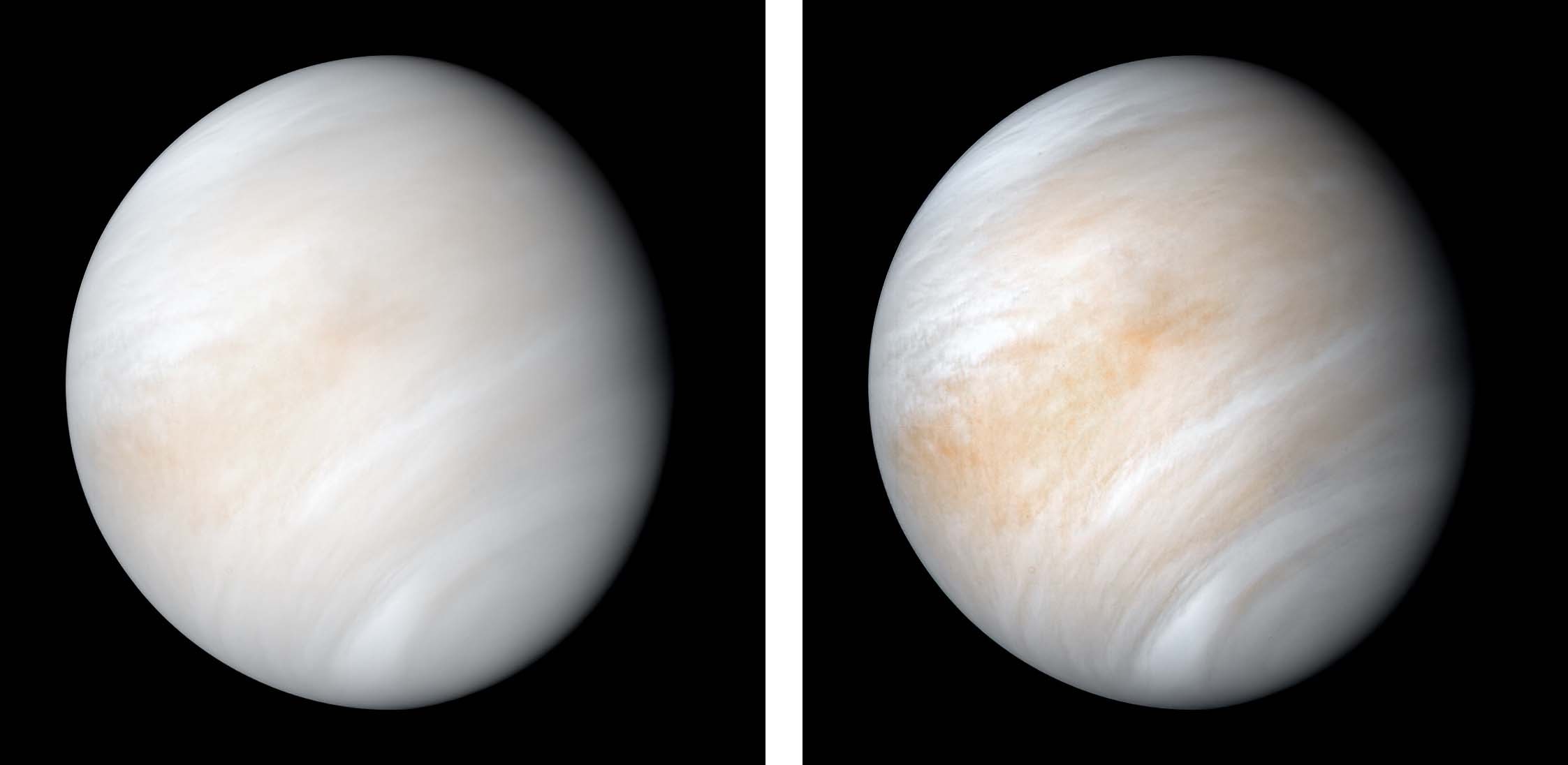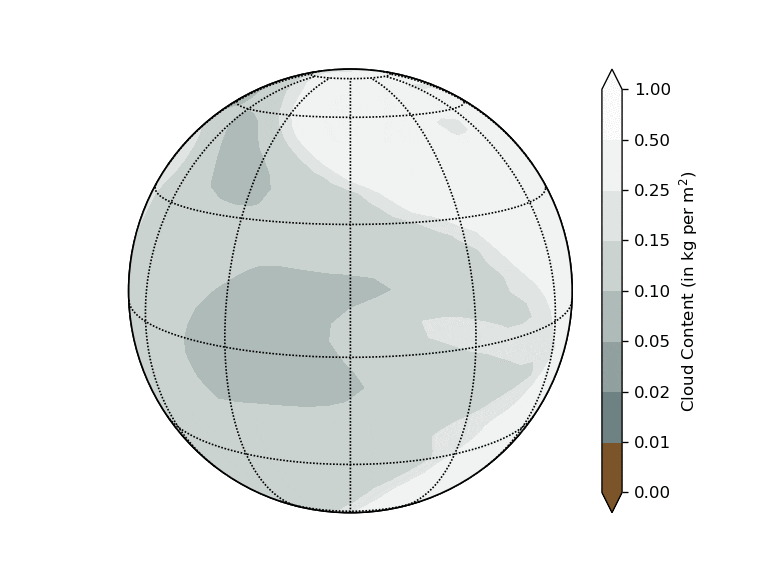Create a free profile to get unlimited access to exclusive videos, sweepstakes, and more!
Planetary pressure cooker! Venus never had oceans, and it could have happened to us
Your Venusian air conditioning bill would be astronomical! 3D climate models deem Venus too hot for oceans

In a lot of ways, Venus is Earth’s evil twin. It’s the closest planet in our solar system in terms of size, and it has a robust atmosphere. But that’s just about where the similarities stop. Despite being only second closest to the Sun, Venus boasts the hottest temperatures of any planet in our system, due to its runaway greenhouse effect, capturing heat from the Sun and holding it close.
Temperatures are so hot that previous uncrewed missions to the planet ended abruptly when probes succumbed to the immense heat and pressure. It’s a terrifying mirror universe version of Earth, warning of what happens when the greenhouse effect is allowed to run unchecked.
Observing the planet is difficult, as the thick atmosphere prevents direct observation of the surface. Likewise, gaining insight into the geologic history of the planet is strained by ongoing activity which has recycled the surface in the time since it was formed.
Scientists and storytellers have imagined a historical Venus as a hothouse filled with exotic plants and bubbling waterbeds, but whether or not oceans ever formed there has remained an open question. Until now.
Geneva Astronomical Observatory postdoctoral researcher Martin Turbet and colleagues used three-dimensional climate models to wind back the clock and gain a view of Venus’ history. Their findings, published in the journal Nature, suggest that the conditions on Venus never allowed for the formation of liquid water on the surface. And Earth could have ended up in a similar state if not for a few key factors.
Previous models of the Venusian climate were one-dimensional and didn’t paint a clear picture of atmospheric interactions. “They made the assumption that the entire planet can be described with vertical columns of air parcels that are distributed vertically,” Turbet told SYFY WIRE. “It’s a good first approach. It captures first order effects.”
Those models, however, didn’t accurately account for circulation of air across different regions of the planet. Pockets of air moving from the equator to polar regions, for instance, will carry heat with them having an impact on the formation of clouds. Researchers found that clouds were an incredibly important factor in overall temperature and condensation of water.
“This work demonstrated for the first time that the position of clouds is a key component,” Turbet said. “If you don’t get the clouds right, you won’t get the evolutionary story of the planets right.”
Their models showed that clouds preferentially formed on the night side of the planet and caused an overall warming effect which prevented water vapor from over condensing on the surface. They applied the same models to the early Earth and came to a startling conclusion.
If the Earth had received the same amount of solar energy in its earlier state as it does today, the planet would have been too hot for water to condense, and we would have ended up much like Venus.
“The insolation at which water will condense into surface oceans is actually lower than the insolation on Earth today. We have liquid oceans thanks to the fact that insolation was lower in the past,” Turbet said. “The Sun’s luminosity was about 25% or 30% lower four billion years ago. This was key to the formation of oceans on Earth.”
These findings stand in contrast to previous assumptions of Earth’s early history. The Sun’s lower luminosity has long been considered a problem for the formation of oceans. Known as the Faint Young Sun Paradox, this suggests that the lower luminosity of our star should have resulted in a frozen surface, but these models seem to suggest the opposite. That lower luminosity was crucial to the condensation of water on our planet’s surface.
The team hopes to use this same modeling technique to explore the climates of exoplanets after the upcoming launch of the James Webb Space Telescope. Right now, the sample size of planetary climates is small, limited largely to what we can observe in our backyard. Gaining access to planets around other stars could fill in some of the gaps in our knowledge. “This paper is dedicated to Earth and Venus, but we’re looking toward exoplanets so we can find ways to predict this preferential accumulation of clouds on other planets,” Turbet said.
If you were planning a trip to the balmy beaches of Venus, you might want to ask your travel agent for a refund, and just be glad that Earth has beaches at all. Had the conditions of the early solar system been a little different, we might be living in a global sauna. More likely, we wouldn’t be living at all.



























